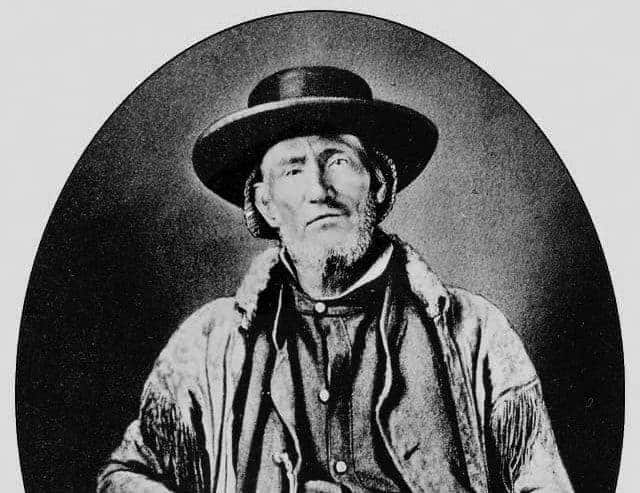“Go West Young Man” is a phrase usually attributed to Horace Greeley, although some historians argue that Greeley was repeating a phrase which first appeared nearly fifteen years earlier. Regardless, it seems that the advice was unnecessary. From the first appearance of the Europeans on the North American continent, explorers were moving westward. They brought back tales of vast prairies, mountains which dwarfed the Appalachians of the East, and mammoth rivers and lakes. Despite their tales of the savagery of some of the American Indians encountered in their travels, pioneers and settlers were soon pushing west behind them, and the explorers were pushed further west, as well as to the north and south.
Some were driven by simple wanderlust. Others were hired to explore lands for sale and settlement. Some were in the pursuit of furs, trapping was a lucrative business from the earliest colonial days, with European markets hungry for the furs of American beavers, fox, and mink. Hides were valuable too, made into leather for shoes, gloves, and clothing. Trapping expeditions explored the lands surrounding the waterways where beaver were to be found across the upper Midwest to the west coast throughout the early 19th century. Long hunters too explored for new areas rich with game to provide success on their expeditions.

Here are ten lesser known explorers of America’s western lands throughout its history.

Jedediah Smith
Jedediah Smith was a fur trapper and explorer who was one of the first Americans to cross the Mojave Desert and the Sierra Madres (traveling from west to east). He was the leader of the first known exploration of the country between the Great Salt Lake and the Colorado River by white men, as well as one of the first to explore the California coastline up to Oregon on land. Smith was well known for his exploits in his lifetime, and maps he drew for the US Government remained in use by the US Army for years after his death.
Smith was born in New York State near present day Bainbridge and relocated to western Pennsylvania with his family when his father encountered legal troubles. He worked on a Lake Erie freighter in his teens, meeting many returning hunters and trappers from the far west who used the Great Lakes and adjoining rivers as their highway back to eastern civilization. He read Lewis and Clark’s journal as a young boy (a book which he was said to carry with him on his travels for the rest of his life) and developed the skills of a woodsman. In 1817 the family moved west again, to Ohio.
In 1822 Smith joined a fur trapping expedition known as Ashley’s Hundred and by fall was at newly built Fort Henry near the mouth of the Yellowstone River. After spending the winter trapping in Montana, Smith and others of his party were attacked by Arikara Indians, the first of three Indian massacres Smith would survive in his lifetime. He also survived a mauling by a Grizzly bear, in which his ear was torn off, to be sewn back on by one of his companions at the time, Jim Bridger.
Smith made two trips to California. He was arrested under suspicion of being an American spy on the first trip by the Spanish authorities. He was arrested again on the second trip, this time for unauthorized entrance into Spanish territories. On both occasions he was released after being vouched for by English speaking residents of the territory. After leaving California the second time he journeyed to the Oregon Territory which by treaty was jointly occupied Americans and British. In 1829 Smith enjoyed a successful trapping expedition into the lands of the Blackfeet Indians.
Smith’s fur trading company, which he had formed with Jim Bridger and others four years earlier, was sold in 1830. Smith warned the US Government in Washington of British activities in Oregon aimed at agitating the Indians against Americans and prepared a group of men to take action. When Washington didn’t respond Smith led this group on an expedition towards Santa Fe. While traveling on the Santa Fe Trail Smith’s party was attacked by Comanches and he was killed, at the age of 32.

